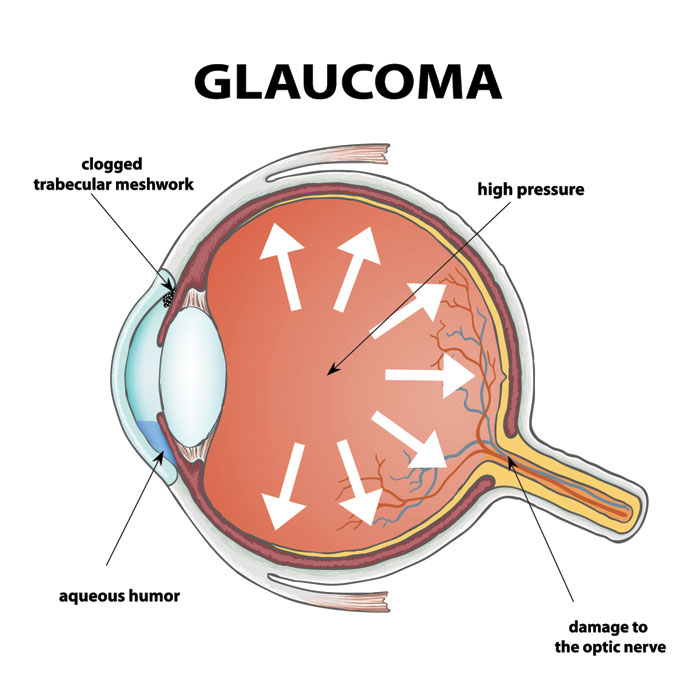What Does Glaucoma Feel Like? Insights into Vision Health
I. Introduction
Glaucoma—a group of eye conditions damaging the optic nerve—is one of the leading causes of blindness worldwide. Often dubbed the “silent thief of sight,” glaucoma can progress unnoticed, making early detection and understanding its sensations vital for preserving vision.
This guide explores what glaucoma actually feels like, from subtle early signs to urgent red flags, helping you recognize symptoms and protect your eye health.
II. Understanding Glaucoma
Glaucoma typically results from elevated intraocular pressure (IOP), leading to optic nerve damage. While more common in individuals over 60, it can affect younger people too. Because early stages are often asymptomatic, regular eye exams are essential to detect glaucoma before significant vision loss occurs Mayo ClinicHealth.
III. The Glaucoma Experience: What It Can Feel Like
1. Early-Stage Glaucoma: Often Unfelt
Most people experience no physical sensations during early or moderate stages of glaucoma—especially in open-angle glaucoma, the most common form WebMDAAO. Vision loss tends to begin with gradual peripheral field reduction, usually going unnoticed until later stages AAOCleveland Clinic.
2. Progressive Vision Loss: Subtle Yet Impactful
As glaucoma advances, vision may feel like:
Looking through a tunnel, with objects fading from the sides
Difficulty spotting obstacles or noticing movement out of the corner of your eyes
This phenomenon, known as tunnel vision, can feel like “seeing through a straw” Verywell Health.
3. Acute Angle-Closure Glaucoma: A True Emergency
This condition is abrupt and painful endangering vision within hours:
Sudden, intense eye or forehead pain
Blurred or foggy vision
Seeing halos or rainbows around lights
Nausea, vomiting, and headache AAOWebMD
Patients often describe this as “the worst eye pain of my life”—a vision emergency requiring immediate medical attention WebMD.
IV. The Human Side: Real Patient Experiences
Beyond clinical descriptions, personal accounts reveal how glaucoma impacts daily life:
One patient described waking in agony, saying:
“The eye pain was worse than childbirth.” Lippincott Journals
Individuals adapt by using eye and head movement strategies, adjusting lighting, and depending on support for mobility BioMed CentralPMC.
Emotionally, many patients report anxiety, fear of blindness, or concerns about becoming a burden to loved ones PubMedPMC.
V. Why Early Detection Matters
Glaucoma can feel silent—until it reaches advanced stages. Here’s why timely diagnosis is essential:
Early stages often lack symptoms, especially in open-angle glaucoma AAO+1.
A sudden onset of symptoms—like severe eye pain or halos—typically indicates angle-closure glaucoma, which can cause irreversible vision loss if not treated immediately AAOWebMD.
Routine, comprehensive eye exams—measuring IOP, assessing optic nerve health, and testing peripheral vision—are the most reliable tools for catching glaucoma early Mayo Clinic.
VI. Conclusion: Tune Into Your Vision
What does glaucoma feel like? Often—nothing at all until it’s too late. But as it progresses, vision narrows to a tunnel, and only in emergencies do symptoms like excruciating eye pain or halos emerge.
If you’re at risk—due to age, family history, or existing health issues—prioritize annual eye exams. Early detection doesn’t just save vision—it preserves your way of life.




